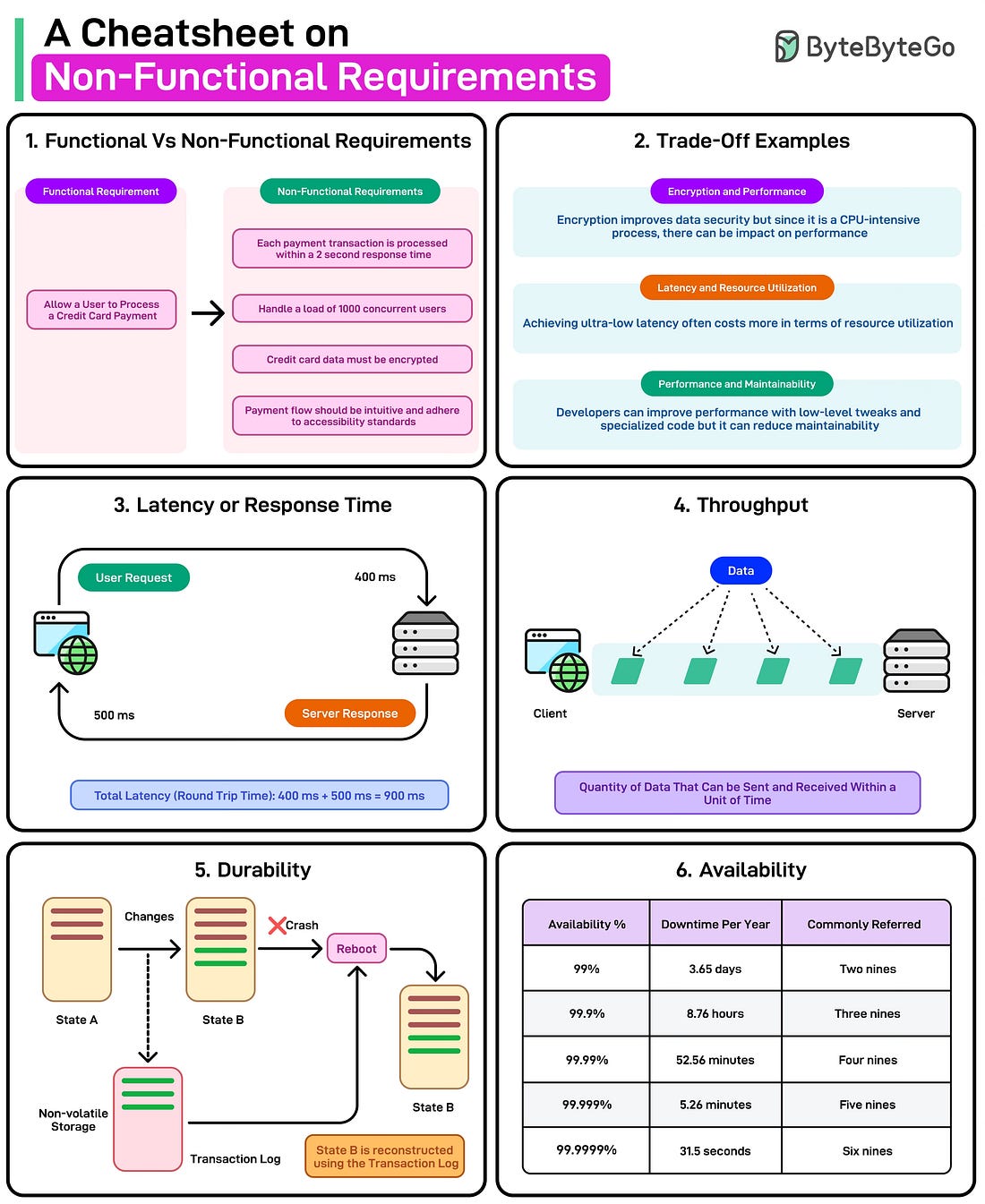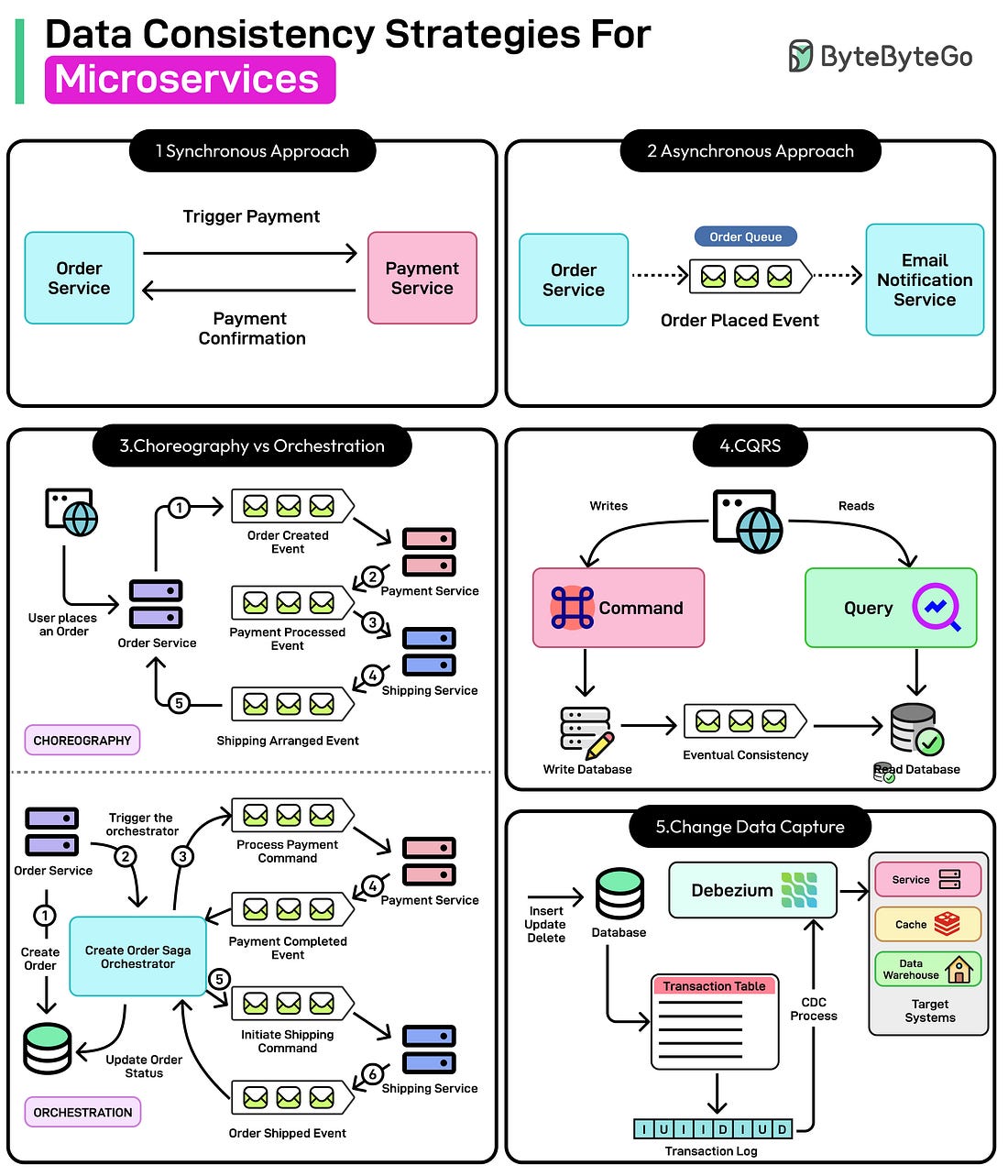- Mailing Lists
- in
- Mastering Data Consistency Across Microservices
Archives
- By thread 5369
-
By date
- June 2021 10
- July 2021 6
- August 2021 20
- September 2021 21
- October 2021 48
- November 2021 40
- December 2021 23
- January 2022 46
- February 2022 80
- March 2022 109
- April 2022 100
- May 2022 97
- June 2022 105
- July 2022 82
- August 2022 95
- September 2022 103
- October 2022 117
- November 2022 115
- December 2022 102
- January 2023 88
- February 2023 90
- March 2023 116
- April 2023 97
- May 2023 159
- June 2023 145
- July 2023 120
- August 2023 90
- September 2023 102
- October 2023 106
- November 2023 100
- December 2023 74
- January 2024 75
- February 2024 75
- March 2024 78
- April 2024 74
- May 2024 108
- June 2024 98
- July 2024 116
- August 2024 134
- September 2024 130
- October 2024 141
- November 2024 171
- December 2024 115
- January 2025 216
- February 2025 140
- March 2025 220
- April 2025 233
- May 2025 239
- June 2025 303
- July 2025 182
How are organizations developing tomorrow’s leaders today?
[State Of Union Vid #3] NEW store feature! (so cool)
Mastering Data Consistency Across Microservices
Mastering Data Consistency Across Microservices
Latest articlesIf you’re not a subscriber, here’s what you missed this month.
To receive all the full articles and support ByteByteGo, consider subscribing: Microservices architecture is a software design pattern where an application is built as a collection of small, independent services, each responsible for a specific function. These services communicate with each other using APIs (Application Programming Interfaces) and operate independently, allowing for greater flexibility, scalability, and ease of maintenance. Think of a food delivery app with the following services:
Each service operates independently, allowing teams to update or scale them separately. However, due to this separation, a major challenge with microservices is maintaining data consistency. In a monolithic system, all functionalities share a single database, resulting in consistent updates. On the other hand, microservices architecture advocates that each service should manage its database. While this is a good practice, it can lead to some scenarios such as:
Understanding these scenarios is key to building robust, scalable applications using microservices. In this article, we will understand how data inconsistency can arise in a microservices architecture and various strategies to deal with it. Understanding Data Consistency in Microservices... Continue reading this post for free in the Substack app© 2025 ByteByteGo |
by "ByteByteGo" <bytebytego@substack.com> - 11:36 - 27 Feb 2025

